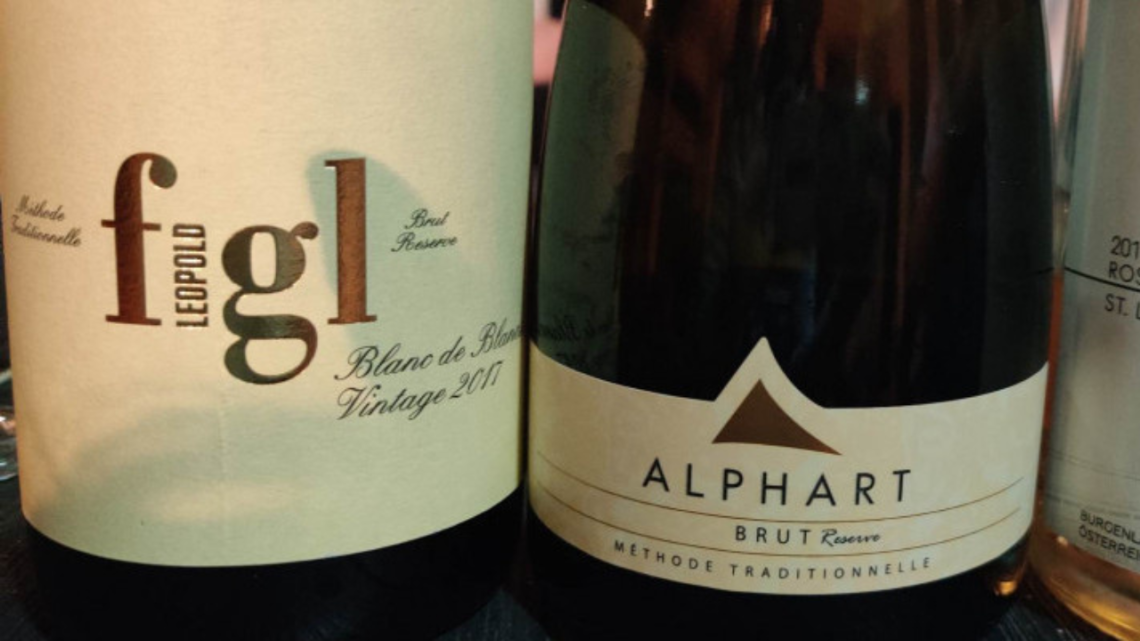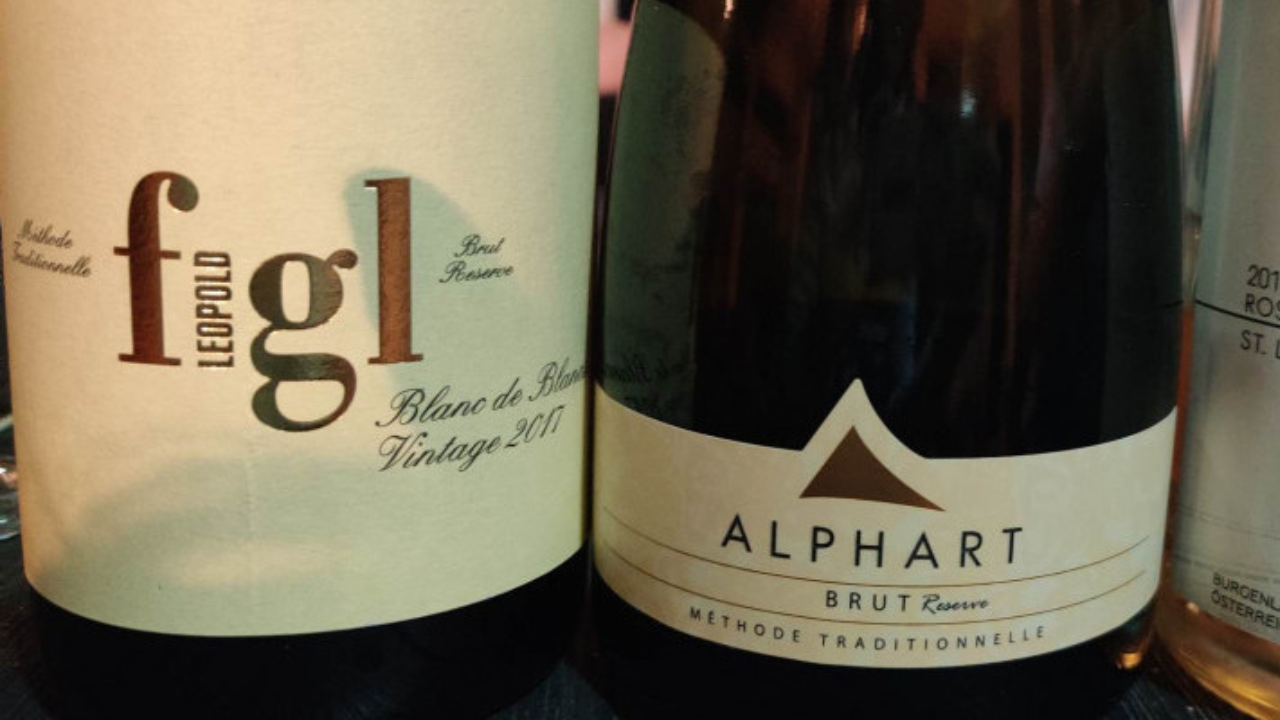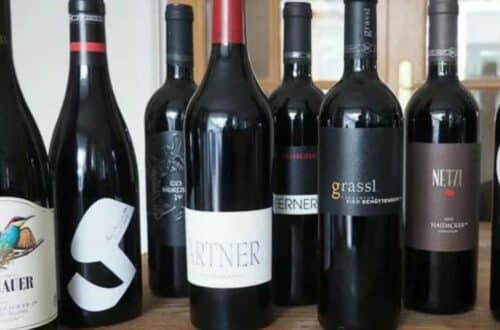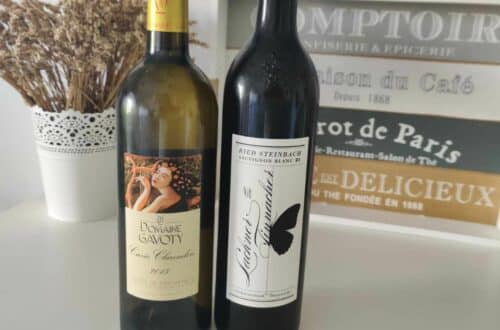
What type of wine is Sekt?
According to DWDS (German online dictionnary, sort of), “Sekt” is a term used to describe sparkling wine. Its origin can be traced back to the French word “sec,” meaning “dry” or “tart” wine, derived from the Latin word “siccus,” which means “dry.”
Initially, “Sekt” referred to wines made from dried grapes in Spain and the Canary Islands (as seen in the German term “Canarien-Seckt” from 1682). In German texts, the term appeared as “Seck” in 1647, then as “Sect” in 1663, and “Seckt” in 1673, referring to “Southern wine.”
ANECDOTE : The meaning of “sparkling wine” or “Champagne” was attributed to “Sekt” through the actor L. Devrient, who, according to reports from Lutter and Wegner, a wine tavern in Berlin (around 1825), used the term when ordering Champagne, saying: “Bring er mir Sekt, Schurke!” (loosely quoting Falstaff’s line in Shakespeare’s “King Henry IV” according to A. W. Schlegel’s translation: “Give me a glass of sack, villain!”).
From Berlin, this new usage of “Sekt” spread (and was officially recorded in 1862).
What type of wine is Sekt?
Sekt is an Austrian sparkling wine made from the 40 authorized grape varieties. By definition, in a sealed container at 20°C, it must exhibit a minimum overpressure of 3 bar, and the blend must have a total alcohol volume of at least 8.5%.
Various methods can be employed in the production of Sekt. The majority of these wines are produced using the champagne method (or traditional method).
However, to achieve a fruitier wine, the Charmat method can also be used. In this case, the wines should be consumed while young.
You will encounter two types of Sekt: “Österreichischer Sekt” and “Sekt g.U.”
What is the difference between “Österreichischer Sekt” and “Sekt g.U”?
When either the grapes used for production or the base wine originate from Austria, the product can be labeled as “Österreichischer Sekt” (Austrian Sekt). If only the production of Sekt took place in Austria, the product can be labeled as “produit en Autriche” (produced in Austria).
The category of “Österreichischer Sekt” refers to a wine without a specific geographical indication or protected designation of origin, and it can be labeled with the grape variety used or the vintage. However, it cannot be classified at the same level as Qualitätswein, unlike “Sekt g.U” which is a sparkling wine with a controlled designation of origin (“g.U” stands for “geschützte Ursprungsbezeichnung” in German).
“Sekt g.U” enjoys official recognition of its origin and has additional requirements in terms of production method and quality, giving it a higher status compared to Österreichischer Sekt.
What are the different quality levels for Sekt?
In 2016, the Austrian Sparkling Wine Committee (“Österreichisches Sektkomitee”) collaborated with the Committee of Sparkling Wine Producers, including experts from Weinbauverband, the Federal Chamber of Economy, AWMB, and the Federal Ministry of Agriculture, to develop new regulations aimed at positioning the protected designation of origin Österreichischer Sekt.
As per the regulations, Austrian sparkling wine with protected designation of origin (“Sekt g.U”) can only be marketed under the designations “Klassik,” “Reserve,” or “Grosse Reserve,” according to the conditions defined in the corresponding ordinance.
The marketing designation must consist of the category (quality sparkling wine or Sekt), the name of the protected designation of origin (administrative region and, if applicable, the municipality or part of the municipality), and the mentions “geschützte Ursprungsbezeichnung” or “g.U” (protected designation of origin).
The additional mention “Hauersekt” may be added.
The prerequisites for using the marketing designation “Sekt g.U Klassik” are as follows: the base grapes must be harvested from a single administrative region, the lees aging must last at least 9 months, regardless of the production method used, and the alcoholic strength by volume must not exceed 12.5%.
The prerequisites for using the marketing designation “Sekt g.U. Reserve” are as follows: the grapes used must be harvested and pressed within a single administrative region, with mandatory hand-picking and pressing of whole clusters.
The wine must be aged for at least 18 months on lees, and it must be produced exclusively using the traditional bottle fermentation method, known as the “Méthode traditionnelle.”
Additionally, the maximum residual sugar content allowed is 12g/L.
The prerequisites for using the marketing designation “Sekt g.U. Grosse Reserve” are as follows: the grapes used must be harvested and pressed within a single commune, with mandatory hand-picking and pressing of whole clusters.
The wine must be aged for at least 30 months on lees and produced using the traditional method. The maximum allowed residual sugar content is 12g/L.
It is mandatory to indicate the commune, and an additional indication of Grosslage (grand cru) or Ried (single vineyard) is also possible.
My recommendations for Austrian Sekt
My first recommendation would go to Schlumberger of course! Why is that? Well, who doesn’t like a good story? Moreover, it’s located in Vienna (which is the capital of Austria) so it’s quite easy to get at a very reasonable price too. Last but not least, I stronlgy recommend you to go and visit their winerie! It is magnificent (and you get to have three large wine glasses afterwards!). And that : for 12€ only!
>> Click here to book your place <<
Now to the story!
Maison Schlumberger, a producer of sparkling wines since 1842, has a rich history. It all began in 1814 with the birth of Robert Alwin Schlumberger, who became a businessman after his father’s death, leaving his studies behind. He ventured to Reims, where he worked at Champagne house Ruinart, starting as a cellar master and eventually becoming a product manager.
In 1841, he met Sophie Kirchner and fell in love. However, her parents wanted her back in Austria, and Robert followed her there.
In 1842, Robert founded Maison Schlumberger and started producing sparkling wines using the traditional Champagne method.
In 1850, he imported and planted red grape varieties in Austria for the first time, including French grapes like Cabernet Sauvignon and Merlot, creating his renowned Schlumberger Privatkeller cuvée.
In 1862, his sparkling wine “Sparkling Vöslauer” made its way onto the wine list of the Queen of England. In Vienna, he became the supplier to the imperial court and was later honored with the title of “Edler von Goldeck.” In 1973, due to a lack of heirs, the cellar was sold to the Underberg family.
In 2014, a block of shares was transferred to the Swiss holding company Sastre SA.
Finally, in 2018, Schlumberger introduced the Grande Réserve, a limited edition 100% Chardonnay vintage from 2015, with only 5000 bottles produced.
One of my favorites was the Blanc de Blanc Leopold Figl from the 2017 vintage. Leopold Figl, who took over in 2012 after being a winemaker for Stadt Krems in Kremstal, specializes in Grüner Veltliner.
The vineyard’s soils are sandy loess, resulting in a full-bodied wine with higher alcohol content.
This Blanc de Blanc is made exclusively from 100% Chardonnay grapes, displaying a bright golden yellow color and fine sparkling bubbles. On the palate, it offers delicate notes of biscuit with subtle hints of stone fruits and a touch of lime zest.
If you have a preference for rosé Sekt, I highly recommend Strohmeier in Weststeiermark, although it might be challenging to find since the winery has closed. Strohmeier is known for producing a superb Schilcher, a rosé Sekt with a beautiful pink, shimmering color.
Schilcher is an ancient wine with historical references dating back to the 16th century.
Additionally, Strohmeier offers another Sekt called Lestein, made from grapes grown on loam soils. Their portfolio also includes an intense Weissburgunder (Pinot Blanc) wine.
Others I would recommend are Huber Blanc de Blanc made from Grüner Veltliner, or the Loimer Extra Brut Reserve and the Schloss Gobelsburg Brut Reserve. These three are rather easy to find.
Conclusion : What type of wine is Sekt?
“Sekt” in Austria can be produced using various methods, including the traditional and Charmat methods. There are two types of “Sekt”: “Österreichischer Sekt” and “Sekt g.U.”
The former lacks specific geographical indication, while the latter has a controlled designation of origin. “Sekt g.U.” has higher status and must meet specific production and quality requirements.
Different quality levels exist, with “Sekt g.U Klassik” requiring grapes from a single region and a minimum lees aging of 9 months. “Sekt g.U Reserve” demands grapes from a single region, longer lees aging, and the traditional bottle fermentation method.







